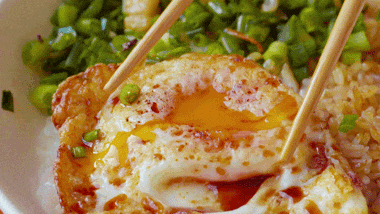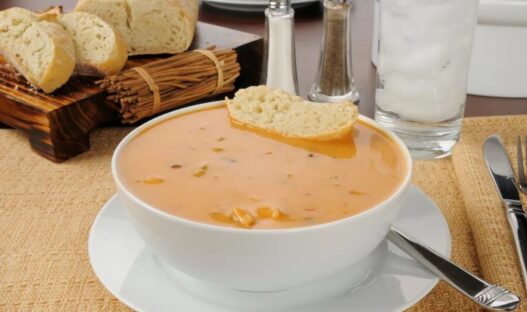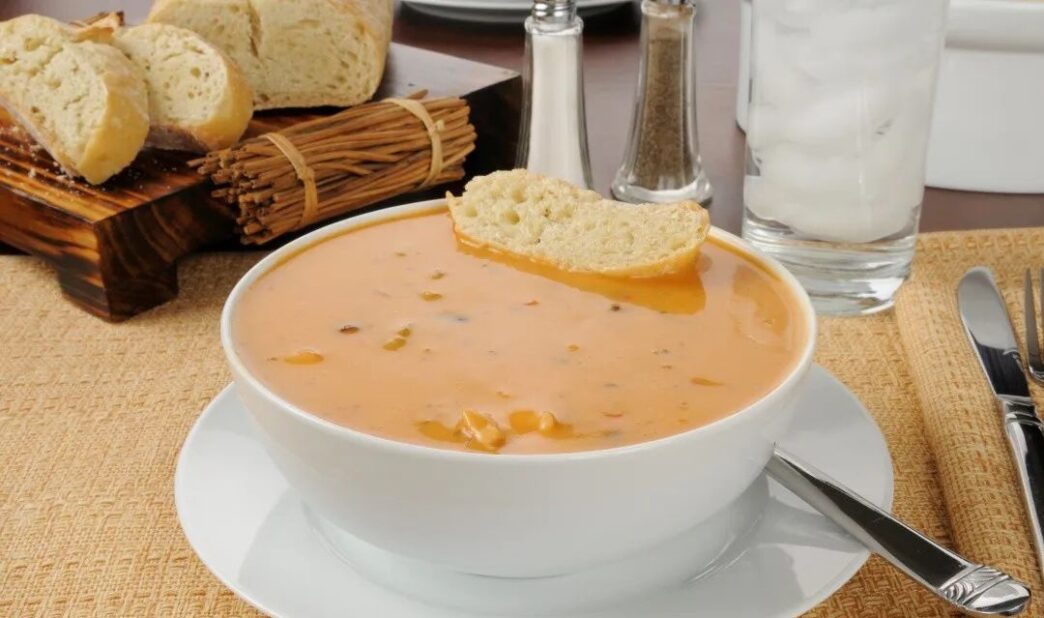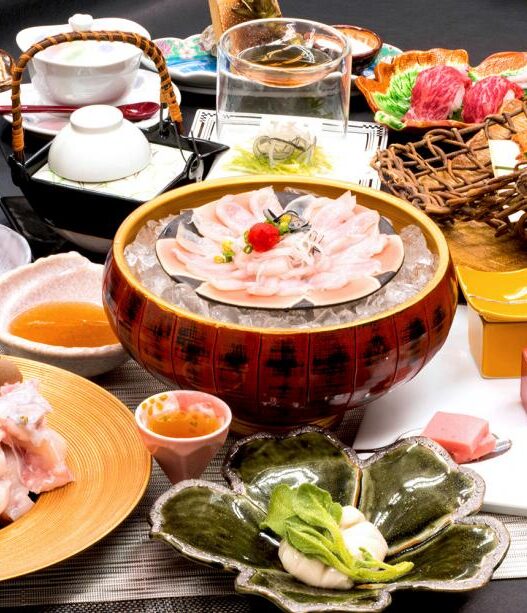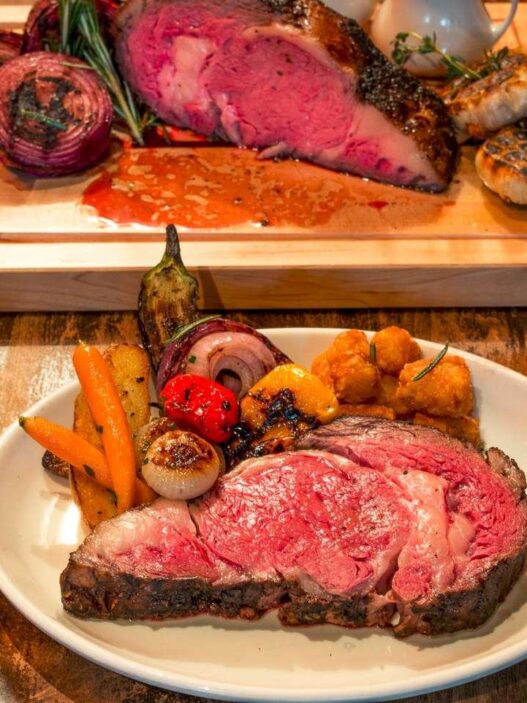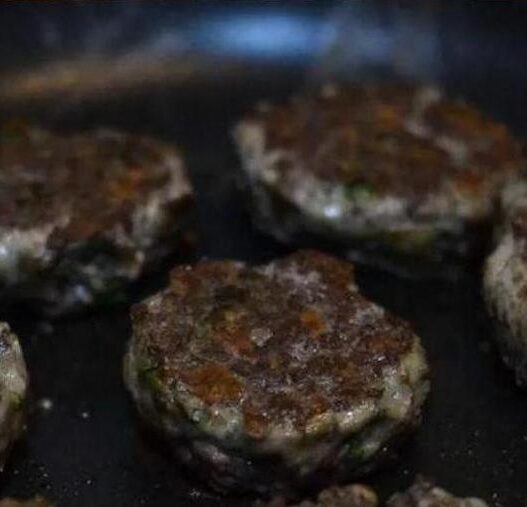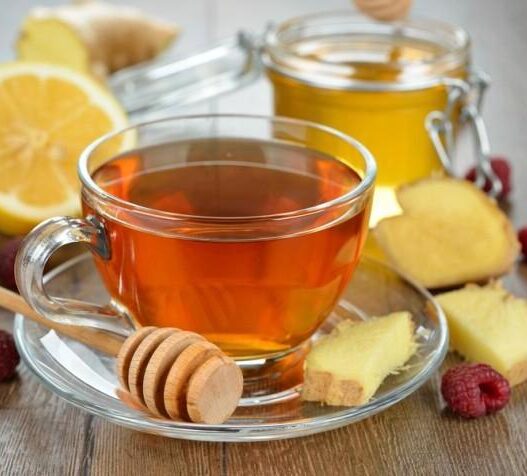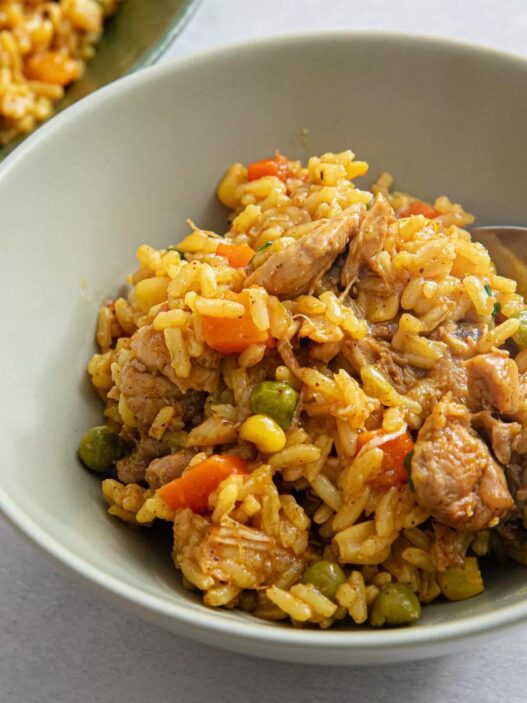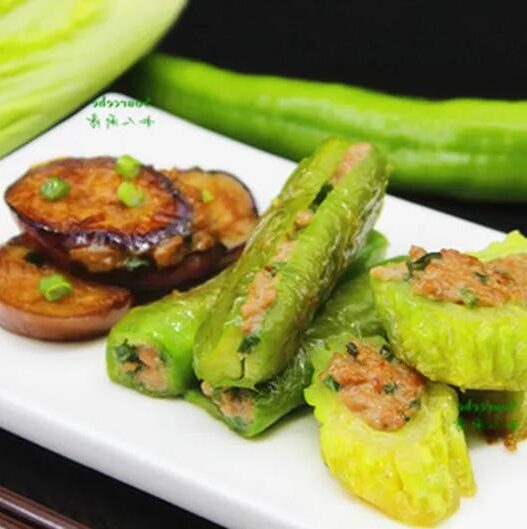Have you ever found yourself mesmerized by the tantalizing array of Have you ever come across a mouth-watering Indian street food video while scrolling through short clips?
With seemingly simple ingredients, unknown spices, and a series of unexpected cooking steps, how do dishes made from eggs, vegetables, or meat always end up looking like “mash”?
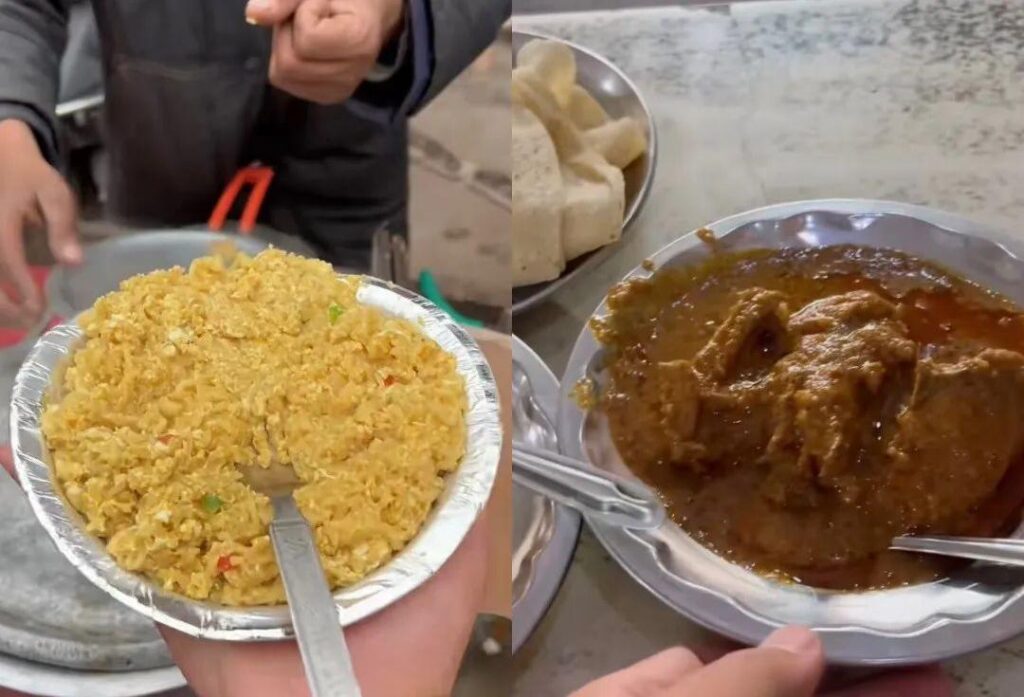
High Temperature, High Flavor: Why “Mash” Tastes So Good
They say that food reflects a region’s climate, culture, and even technology. When it comes to Indian street food, these mashes seem to capture the essence of the tropical sunshine.
India, located in South Asia, has a predominantly tropical or subtropical climate. This high temperature makes food spoil quickly, so special preservation techniques like pickling and drying are necessary. Many spices also serve as preservatives, and cooking with them helps extend shelf life.

Archaeological evidence shows that as far back as the Indus Valley Civilization (4600 years ago), South Asians began using a variety of spices in their cooking. To fully release the aroma of these spices, food often needs to be simmered for extended periods, which leads to the “mash” texture.
Additionally, as we all know, the heat can kill our appetite. A heavily spiced dish, however, can stimulate hunger. In a country like India, where energy-dense, fried food or sweet desserts are staples, these mashed dishes serve not just as comfort food but as energy boosters.
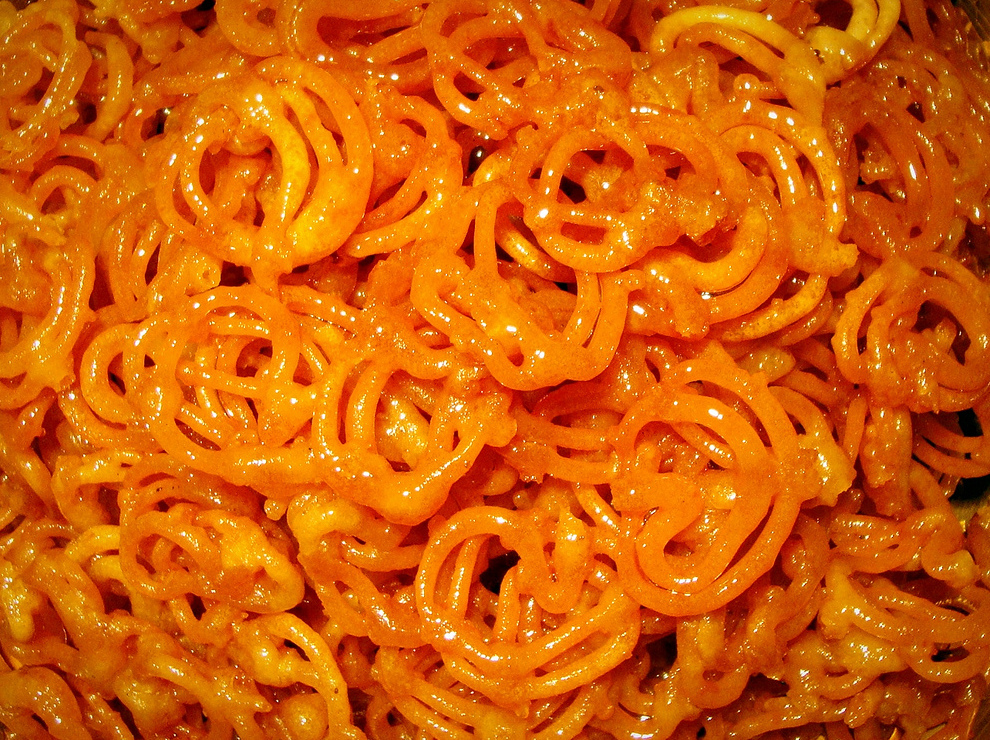
And speaking of spices, the mysterious powders stored in jars are the soul of Indian “mash” dishes. India’s tropical monsoon climate is ideal for spice cultivation, and it is the birthplace of many popular spices. The region, nestled between Southeast Asia and the Middle East, has a rich history of spice trade, making it famous for the variety and depth of its spices.
Over centuries, Indians have perfected the art of blending spices into complex mixes like the famous “Masala.”
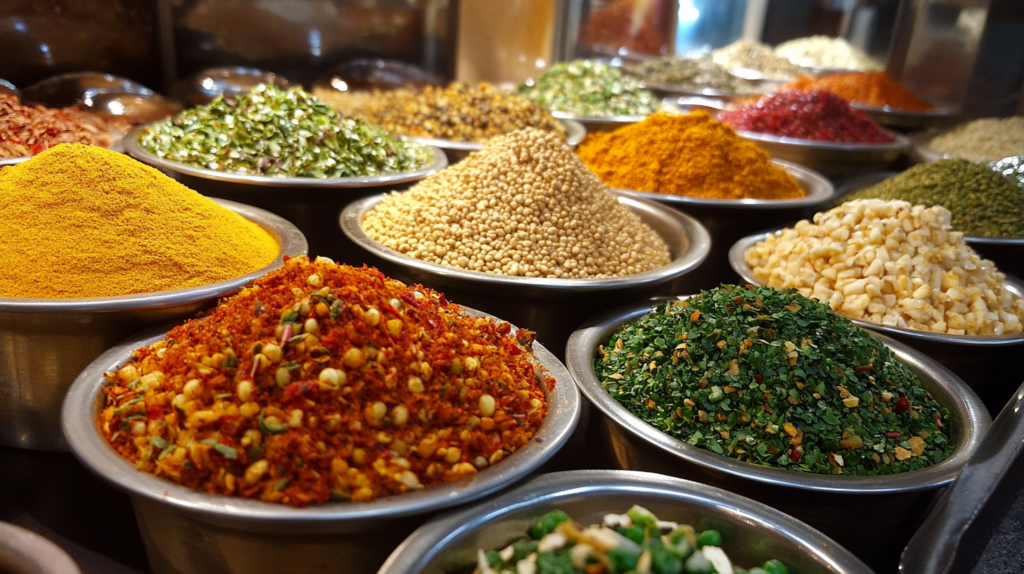
Masala – The Heart of Indian Street Food
Masala is not the same as curry, though the two are often confused. Each region in India has its own unique masala recipes, typically combining spices like pepper, cardamom, cumin, coriander, cloves, and cinnamon. Different combinations of these spices give rise to a vast array of flavors and aromas, creating endless culinary variations.
India also sees a clear difference between northern and southern cuisine. Northern masalas often focus on dry spices, with dishes made from wheat-based ingredients like naan, while southern masalas are frequently mixed with fresh spices like tamarind and include rice-based main dishes and desserts, often enriched with coconut milk.
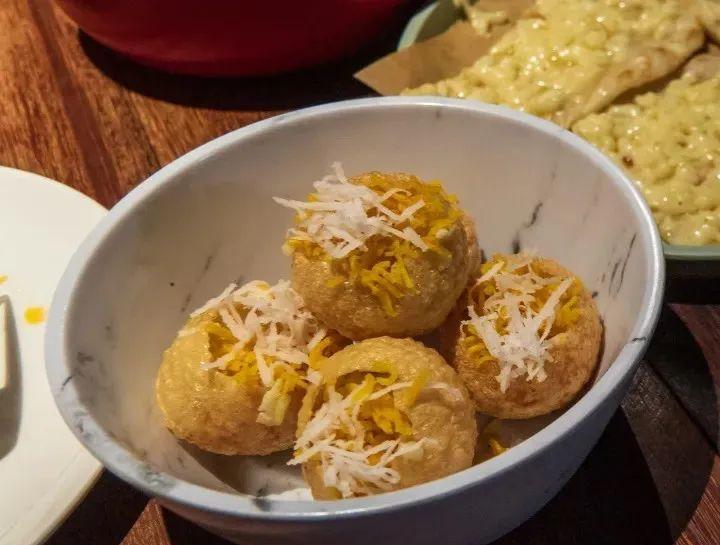
“Mash” for Full Bellies: The Practical Side of Indian Cuisine
The reason behind the popularity of these “mash” dishes is also linked to India’s economic status and resource distribution. Although India is one of the largest food exporters, more than 200 million people still face hunger. The wide income disparity, deeply rooted in the caste system, means that a significant portion of the population struggles with food security.
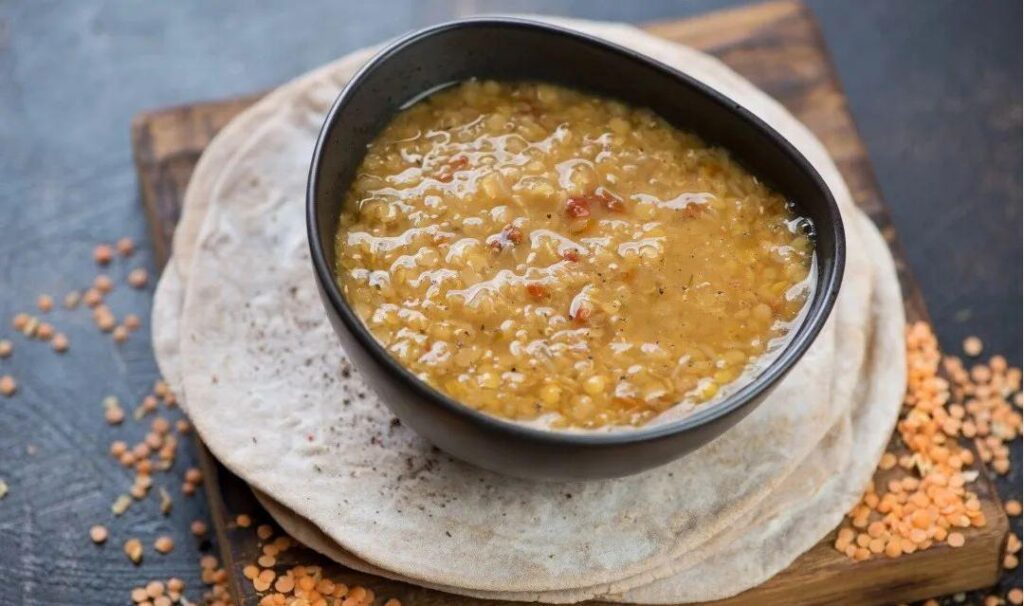
Historically, before the development of modern agricultural techniques, most common folk around the world ate soupy, stewy, or porridge-like dishes. Even in Europe, people survived on thick soups or stews paired with bread. In ancient India, grains and legumes were staples, and these ingredients often formed the base of hearty, spiced “mashes.” Today, these dishes still serve as a filling and efficient way to provide nutrition for large populations.
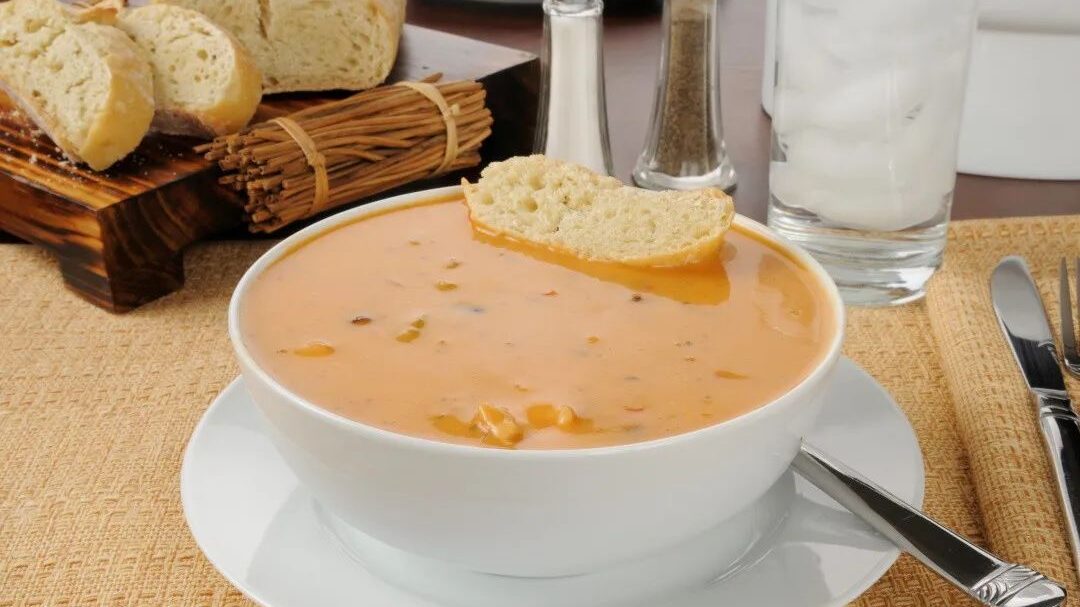
Religious Influence: Why Indian “Mash” is Vegetarian and Hand-Eaten
Religion plays a significant role in shaping Indian food habits. As the birthplace of religions like Hinduism and Jainism, which emphasize non-violence and promote vegetarianism, many Indians prefer vegetarian diets. Wealthier Indians tend to be even more particular about their vegetarian food, which has led to the development of highly flavorful and nutrient-dense plant-based dishes.
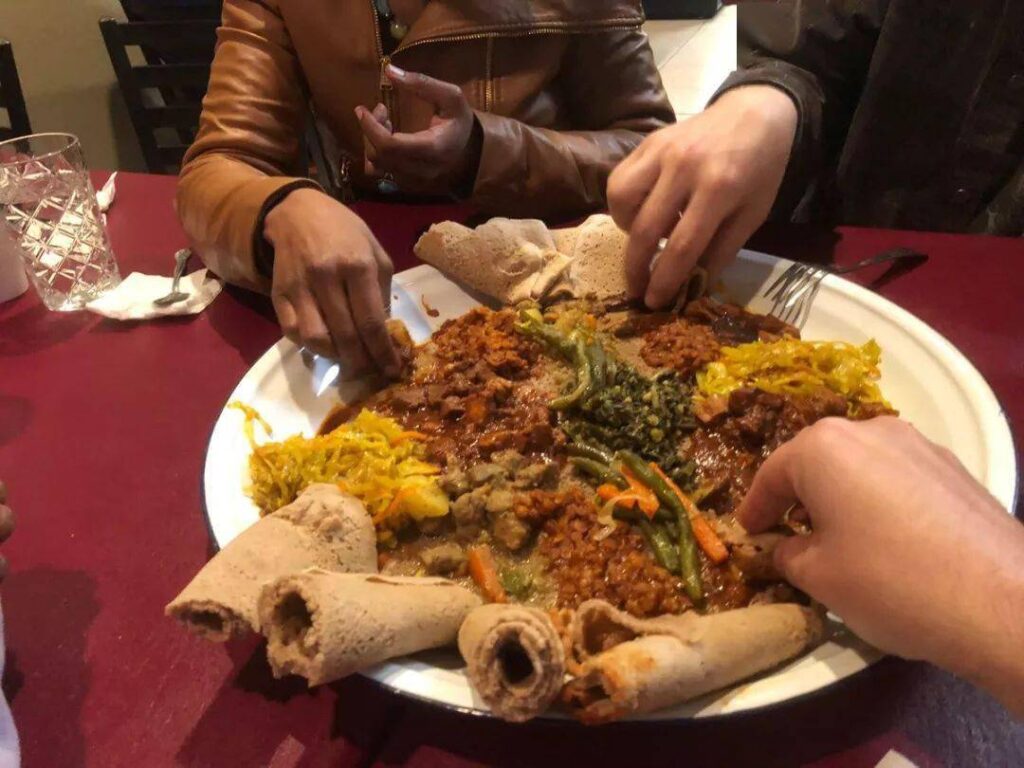
To make vegetarian food more delicious and nutrient-rich, a heavy use of spices, legumes, and dairy products creates the ideal “mash.” One of the most popular examples of this is “Dahl”—a lentil-based mash, which is both filling and protein-rich. These kinds of dishes are a staple in Indian homes.
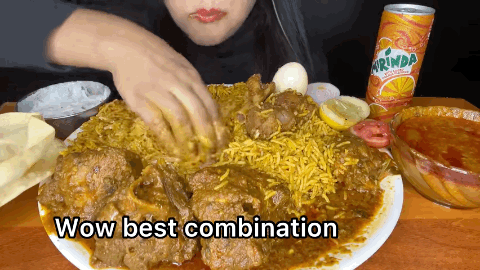
Eating with Hands: A Cultural Tradition
In India, eating with one’s hands is not just a custom but a spiritual practice. Many Indians believe that eating is a sensory experience, and touch is a crucial part of the process. In traditional Indian medicine (Ayurveda), eating engages all five senses: sight, sound, smell, touch, and taste. By touching the food, people can feel the texture and temperature of the dish more directly, which enhances the eating experience.
“Mash” dishes, like lentil-based Dahl, are perfect for scooping with bread or rice, allowing people to enjoy both the flavor and the tactile experience of eating with their hands.
Not All Indian Food is “Mash”!
While “mash” dishes are indeed popular, they are far from the only food in India. Indian cuisine is highly diverse, with delicious dishes like samosas, tandoori meats, pickles, biryanis, various breads, and fried snacks. So, the idea that all Indian food is just “mash” is a limited perspective—Indian cuisine is incredibly varied and rich in flavor.
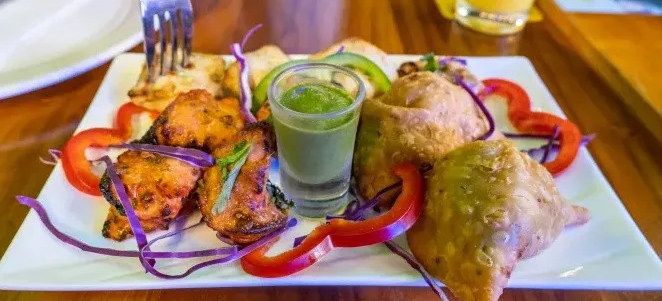
Conclusion: The Diversity of Indian Cuisine
India is home to one of the world’s most varied and complex food cultures. From the spices and flavors of “masala” to the rich, comforting mashes, Indian cuisine offers an exciting and multi-sensory journey. And while some people may be skeptical about all the “mash” on Indian menus, the flavors and textures will surprise and satisfy anyone willing to give it a try.





